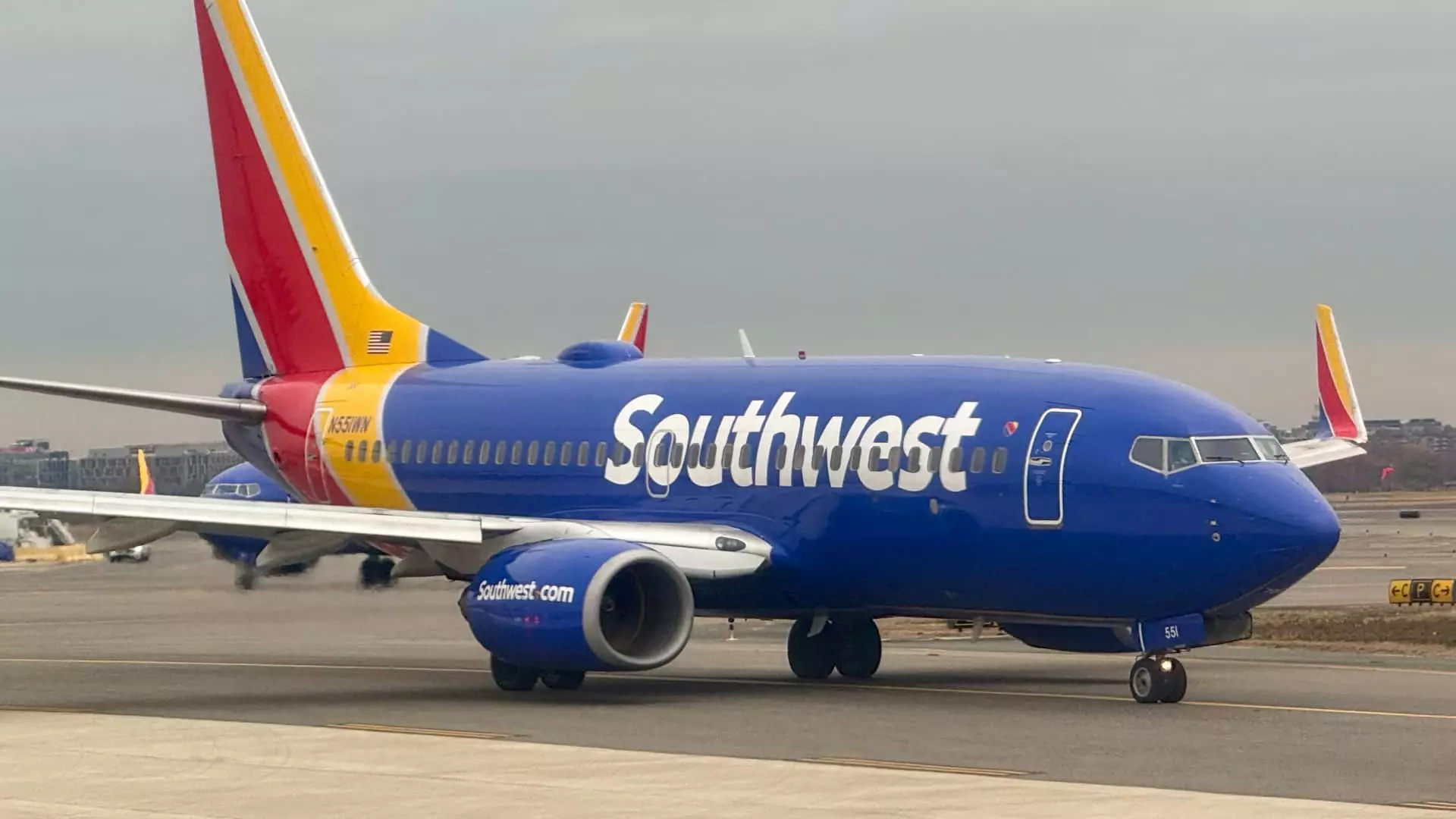In a surprising move for a long-standing player in the airline industry, Southwest Airlines announced on Monday that it would be eliminating approximately 15% of its corporate workforce, impacting around 1,750 employees. This decision, described as “unprecedented” by CEO Bob Jordan, emerges as a stark response to the financial pressures currently faced by the company. As the airline industry continues to endure volatility influenced by economic factors, Southwest is prioritizing cost control measures to remain competitive. The layoffs are expected to result in significant savings of approximately $210 million in 2023 and around $300 million by the end of 2026.
While job cuts are never easy, the magnitude of these layoffs signifies a substantial shift in the corporate culture at Southwest Airlines, which has prided itself on maintaining a close-knit and resilient work environment. Jordan’s acknowledgment that “change requires difficult decisions” indicates a willingness to embrace a more utilitarian approach to managing resources. The planned reductions will be largely executed by the end of the second quarter, and will include various senior leadership positions. This restructuring raises crucial questions about the future direction of the company’s leadership and strategic vision.
The recent turbulence in Southwest’s operational strategy can be traced back to months of mounting pressure from activist investors, most notably Elliott Investment Management, which secured five new seats on the airline’s board. Notably, there were calls from these investors for Jordan’s replacement as CEO, which ultimately did not materialize. This illustrates the growing influence of investor activism that can pivot corporate strategies abruptly, often prompting companies to reevaluate their overall operational frameworks. To mitigate costs, Southwest has already instigated a hiring freeze, halted its internship program, and discontinued team-building initiatives—practices once cherished as part of its corporate identity.
In conjunction with the staffing cuts, Southwest has been strategically reassessing its business model. Last year, an ambitious plan was unveiled to boost profitability by moving away from its signature, fifty-year-old open seating policy in favor of assigned seating. Additional reforms also saw the introduction of a legroom-enhanced seating section and overnight flight options. Such adjustments are essential for evolving with changing customer preferences, particularly in a post-pandemic era where traveler expectations are markedly different.
Future Considerations
As the airline aspires to a more streamlined operation, Jordan’s insights on funding projects effectively, minimizing redundancies, and fostering a clear, responsive organizational structure paint a picture of a company in transformation. The impending layoffs will take effect in late April, allowing affected employees to receive their salaries, benefits, and bonuses until that time. However, the human cost of such decisions cannot be overlooked as Southwest Airlines embarks on an ambitious campaign to redefine its operational landscape while striving to uphold its reputation in the fiercely competitive airline industry.

